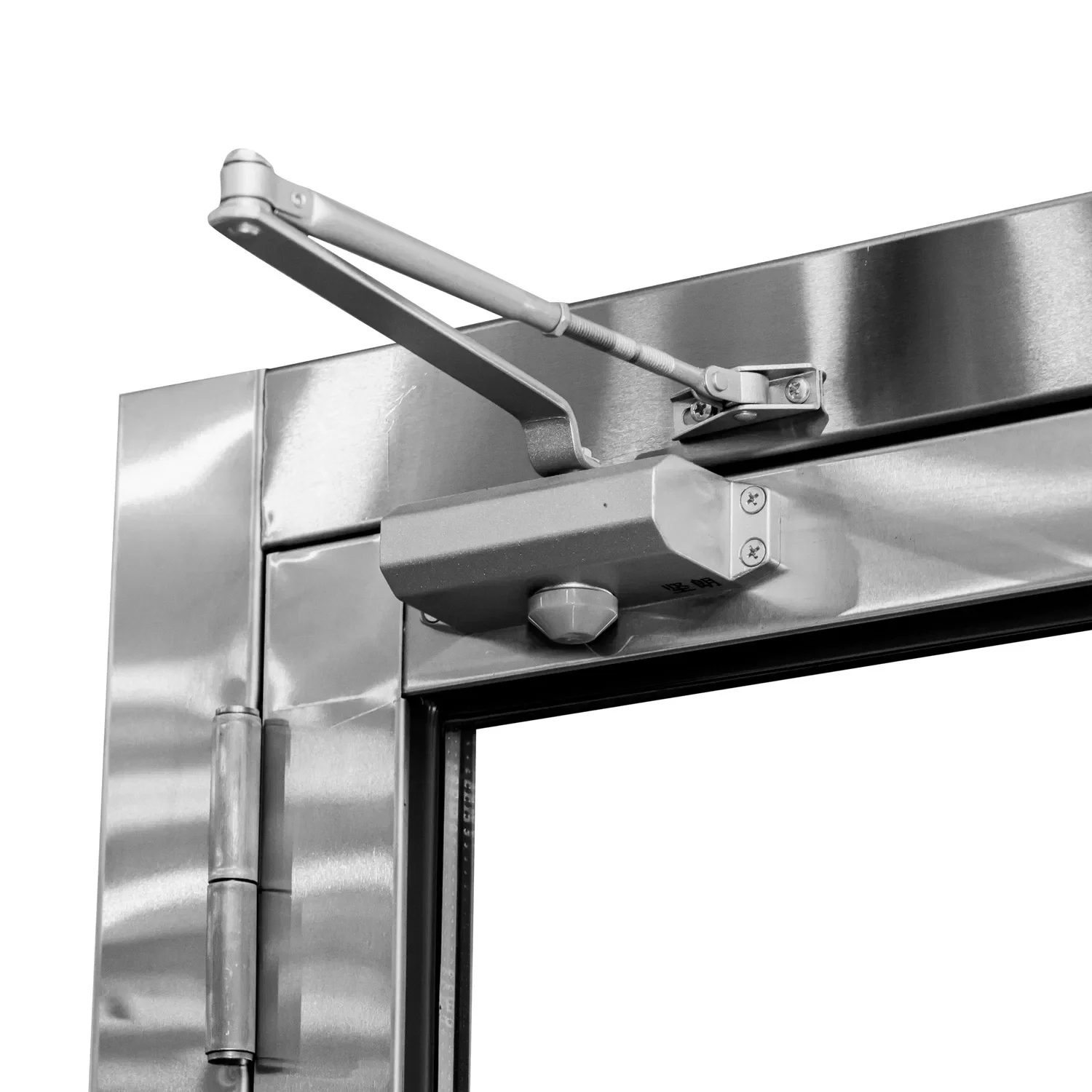When it comes to cladding a wall, finding the cheapest yet durable and visually appealing option can be a challenging task. In this blog post, we will explore various cost-effective methods to clad a wall, considering factors such as material costs, installation expenses, and long-term maintenance. By the end, you will have a comprehensive understanding of the most affordable ways to clad a wall without compromising on quality.
- Paint:
Painting remains one of the most economical ways to clad a wall. With a wide range of colors and finishes available, paint offers versatility and easy application. Opting for high-quality paint can ensure durability, reducing the need for frequent touch-ups. Additionally, painting allows for easy customization and can be a great way to add a personal touch to your space. - Wallpaper:
Wallpaper is another cost-effective option that provides a vast array of design choices. It offers a quick and efficient way to transform a wall's appearance, making it an ideal solution for those seeking a budget-friendly cladding option. Modern wallpapers are often easy to install and remove, allowing for hassle-free updates to your space. - Ceramic Tiles:
Ceramic tiles are a durable and affordable choice for wall cladding, particularly in areas prone to moisture or high traffic. With various sizes, colors, and patterns available, ceramic tiles offer versatility in design. While the initial cost may be slightly higher than paint or wallpaper, their longevity and resistance to wear and tear make them a cost-effective investment in the long run. - Vinyl Siding:
Vinyl siding is a popular choice for exterior wall cladding due to its affordability and low maintenance requirements. It is resistant to rot, insects, and harsh weather conditions, making it a durable option. Vinyl siding comes in a range of colors and textures, allowing homeowners to achieve the desired aesthetic without breaking the bank. - Timber Cladding:
For a natural and warm look, timber cladding can be an excellent choice. While the initial cost may be higher than other options, timber cladding offers long-term benefits such as insulation and durability. It also provides a timeless aesthetic that can enhance the value of your property. Opting for sustainably sourced timber can further contribute to environmental sustainability. - Fiber Cement Panels:
Fiber cement panels are a cost-effective alternative to traditional materials like wood or stone. They are lightweight, durable, and resistant to fire, moisture, and pests. Fiber cement panels come in various textures and finishes, allowing for versatile design options. Their low maintenance requirements and long lifespan make them a cost-effective choice for wall cladding.
Conclusion:
When considering the cheapest way to clad a wall, it is essential to evaluate factors such as material costs, installation expenses, and long-term maintenance. Paint, wallpaper, ceramic tiles, vinyl siding, timber cladding, and fiber cement panels all offer cost-effective solutions with their unique advantages. By choosing the right cladding method based on your budget and requirements, you can transform your walls while keeping costs under control.

